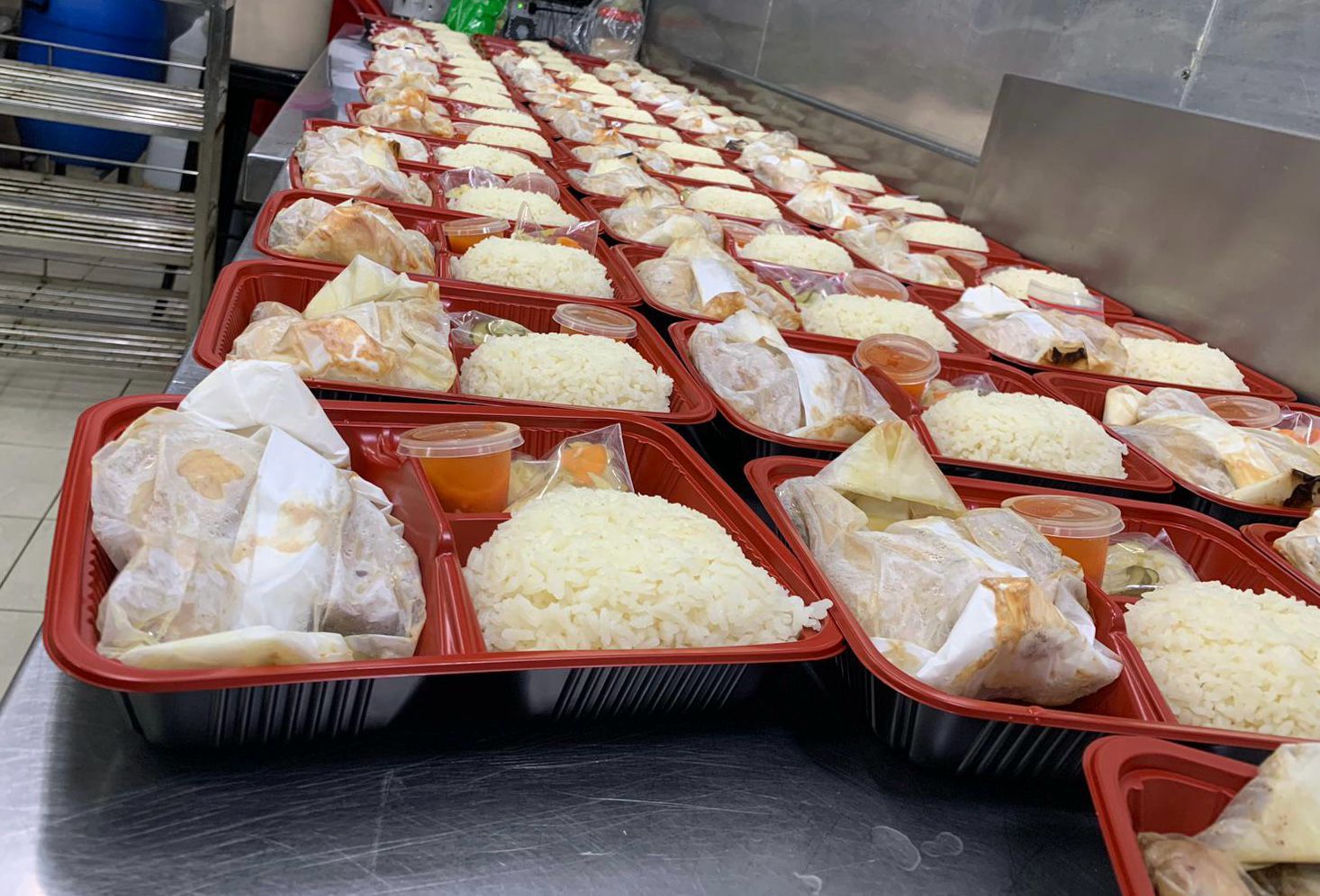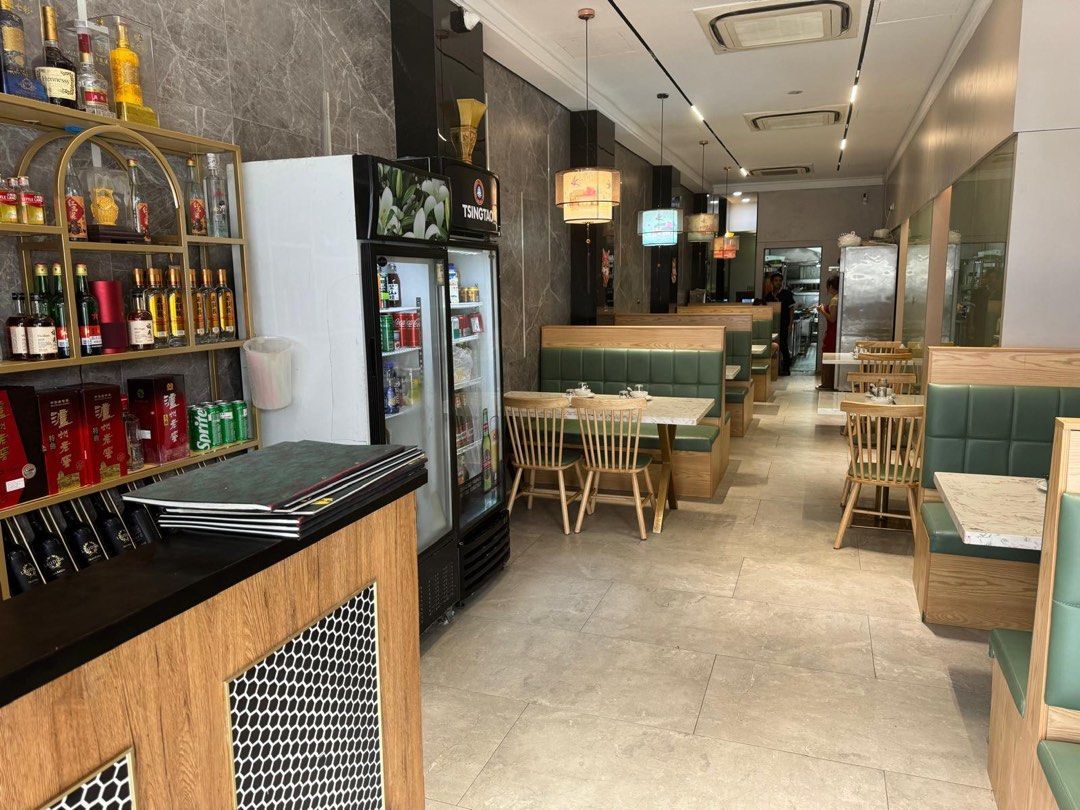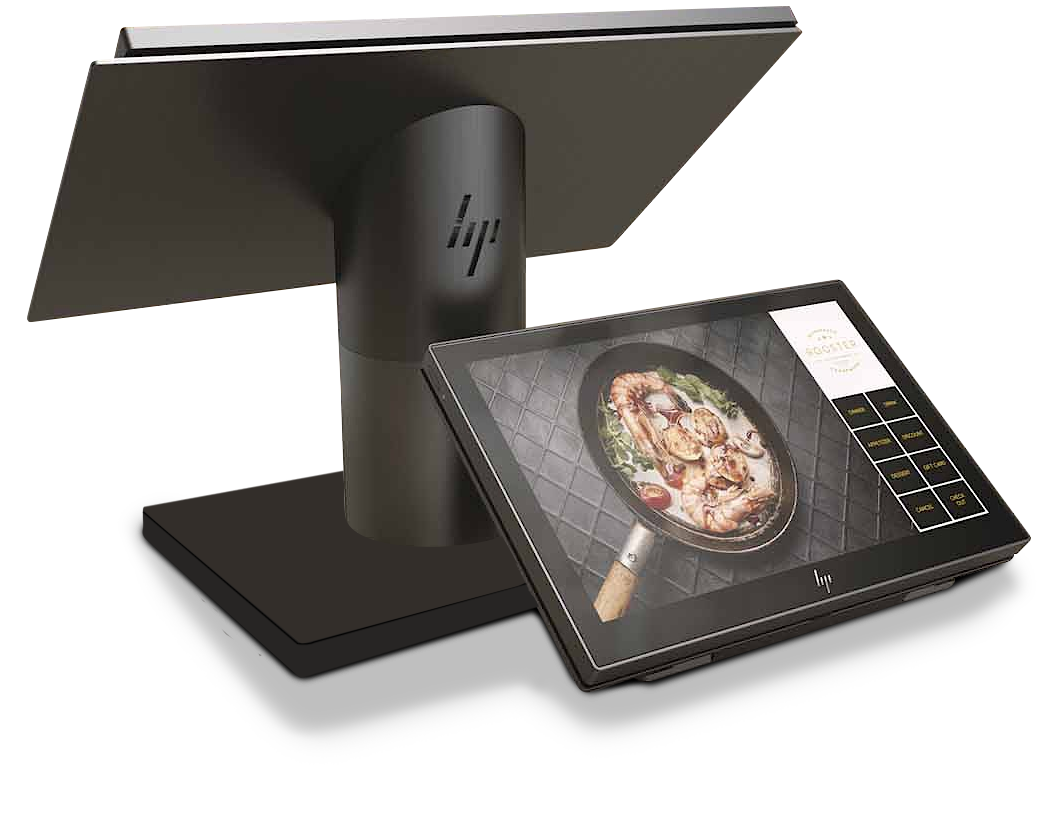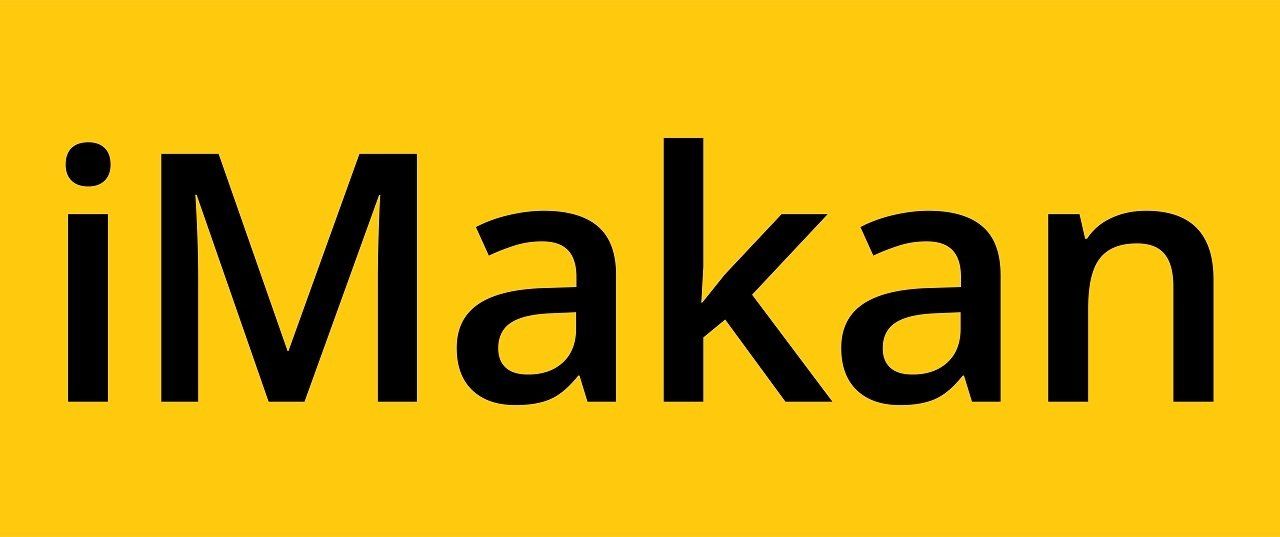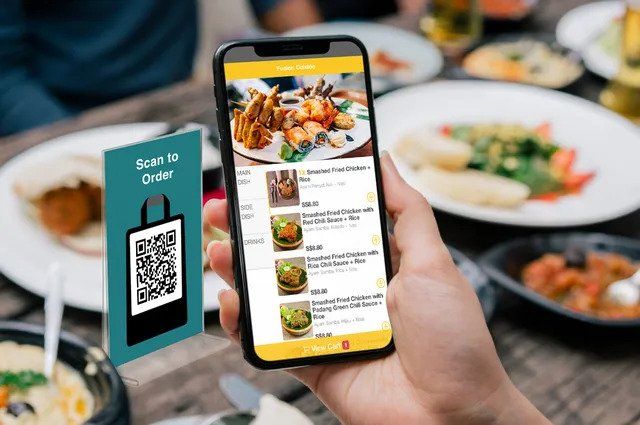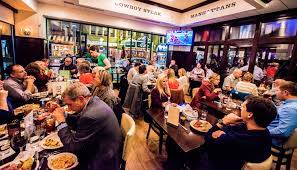
Your efforts are paying off, your restaurant’s customer base is constantly growing, your restaurant is packed during peak hours and your queues are getting longer. You may feel like you can finally take a breather and let your restaurant run by itself.
However, managing fast growth in your restaurant will prove to be an uphill battle.
As your restaurant grows, there are more aspects of operations to manage. Things like hiring and manpower planning, inventory management, food quality control, equipment upgrades to handle your current volume, etc., will require much of your attention.
In this article, we discuss how to handle your quickly growing restaurant customer base.
Find out what contributes to your restaurant growth
One of the first things you should do when you are experiencing restaurant growth is to find out what is contributing to its popularity gain. Could it be your marketing efforts, great customer service, your best selling dishes, word of mouth or a recent food exhibition you participated in?
It is essential to identify what works for your restaurant and focus more effort on those areas.
Control your costs
It is easy to spend unnecessarily on things like additional decor, food costs, overpriced rental for a new outlet, over hiring, etc., with your new-found growth in revenue. However, overheads like these could easily send your restaurant into the red.
Instead, don’t let the sudden boost in revenue get to your head. Exercise careful planning to make smart business decisions and keep your costs as low as possible so that you can enjoy the extra revenue you are getting.
Keep up good customer service
With more customers, customer service becomes even more crucial, as it can make or break any F&B business. Bad customer experiences can cause you to lose customers to your competitors.
However, with sudden restaurant growth, it may be hard to keep up with your previous levels of customer service quality due to the increased workload they are experiencing.
In Singapore, hiring extra manpower may not be the best solution to the high workload as labour cost is high in Singapore, which will eat into your profits. A popular and effective alternative that many F&B businesses have taken up is self ordering solutions like QR ordering systems and self ordering kiosks.
Such solutions help you reduce manpower dependency for order taking as customers can self order through these solutions, so that your existing manpower will be freed to perform other tasks to boost service time and customer satisfaction.
Review your existing systems
You may have heard the phrase “don’t fix what’s not broken” and may even swear by it, but in a fast-paced business environment like your restaurant, this may actually break down your restaurant’s operation flow, resulting in low productivity.
As the volume of patrons increases, your existing systems which were adequate to run your restaurant’s operations before, might not suffice. You should consider upgrading your kitchen equipment to smart kitchen solutions, your operation management systems especially your POS system to an enhanced cloud-based POS system.
On top of that, we highly recommend that you take up self ordering solutions such as QR ordering systems and self ordering kiosks. Many F&B businesses that have taken up such self ordering solutions including our clients, have feedback to us that they experience huge productivity gains in their ordering process and even reported that it has increased their table turnover and average order sizes!
If you want to experience the same productivity gains as F&B businesses that have adopted self ordering solutions, simply drop us your contact details below and we will be happy to arrange a free demo with you!

